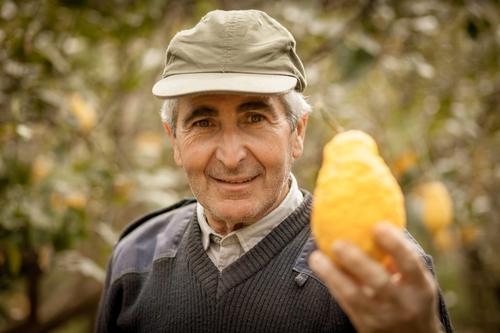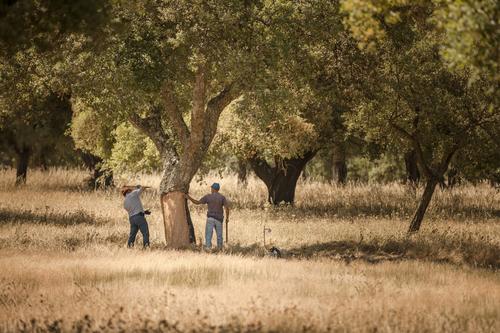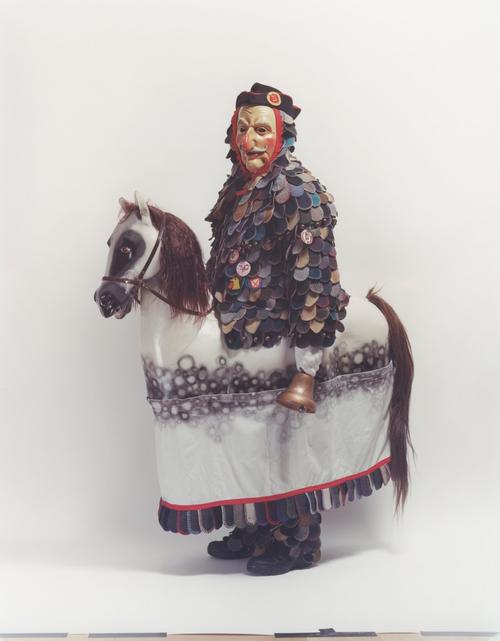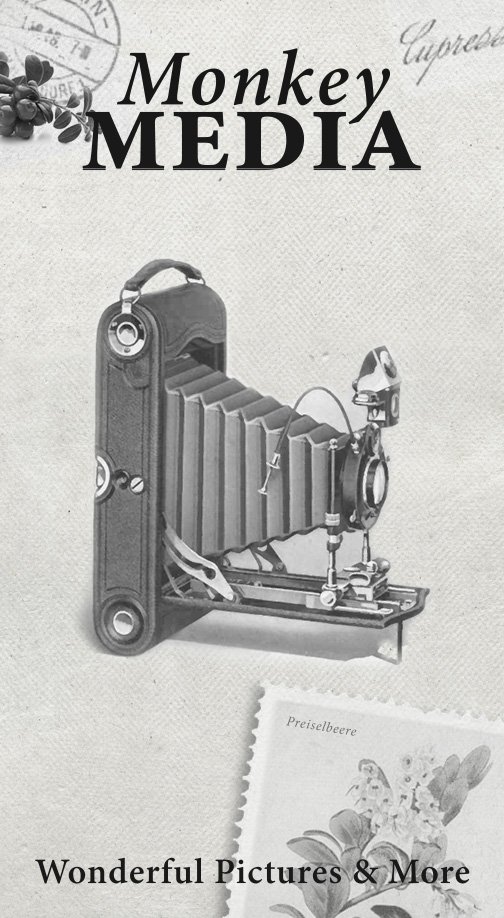Nemestrina
A monkey with a pigtail
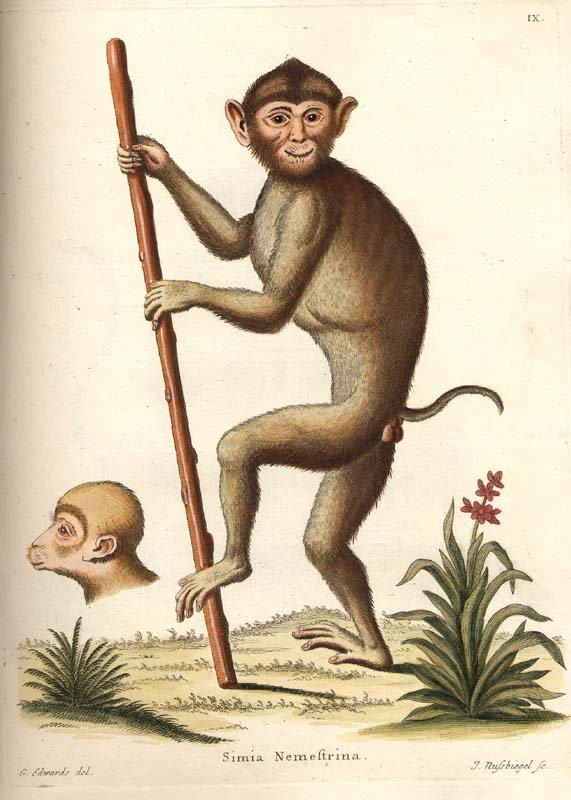
Descending from a genus of macaque, a primate type from the family of Old World monkeys, the nemestrina is a kind of southern pig-tailed macaque. These furry little creatures owe their name not least to their tail, which closely resembles that of a pig. While their back is coloured olive-brown to grey, their underside is almost white, and on their heads, they wear a kind of dark-coloured cap (although not for sun protection; it’s more of a stylish accessory).
Up to 77 centimetres in height and weighing up to 14 kilogrammes, this pink-faced little monkey is one of the largest types of macaque. Pig-tailed macaques hold their significant and name-giving tails, which can grow to become 25 centimetres long, curled forwards. Their natural habitats include the rainforest and other expansive areas in South-East Asia, where they are primarily active during the day and withdraw to the trees at night-time. Like all macaques, this species lives as a community in which there are more females than males (an enchanting image of our Monkey 47). The group is characterised by a clear hierarchy, which is presided over by a dominant alpha male. (Here, too, there are obvious similarities with our Monkey 47.) They consume mainly fruit supplemented by leaves, nuts, fungi, insects and small vertebrates to ensure a balanced diet.
Fortified by all this healthy food, the males mate with as many females from the group as possible. Following a gestation period of around six months, these females then give birth to primarily single offspring. With a life expectancy of over 20 years, they reach sexual maturity after just four years. In addition to being trained to perform physical activities, pig-tailed macaques also actively support humans in harvesting coconuts and, like many primates, resemble the behaviour of their human counterparts in more ways than some people care to admit.







